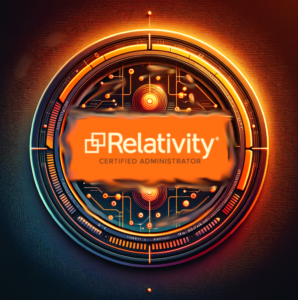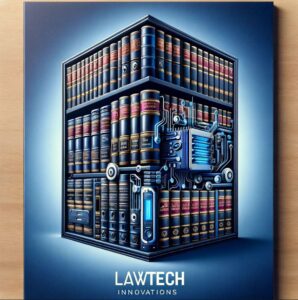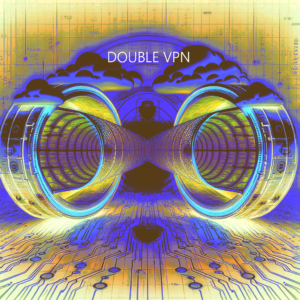As we navigate through the digital era, the legal domain is witnessing a transformative shift, significantly influenced by the rapid advancements in technology. eDiscovery, the process involved in identifying, collecting, and managing electronically stored information (ESI) for legal proceedings, stands at the vanguard of this transformation. This evolution is not just about adopting new technologies but about fundamentally changing how legal professionals approach litigation and case management. In this comprehensive exploration, we delve into five pivotal technological trends that are reshaping the landscape of eDiscovery, thereby revolutionizing litigation support and offering a glimpse into the future of legal practices.
1. The Revolution of Predictive Analytics in Legal Processes
The adoption of predictive analytics, underpinned by machine learning and artificial intelligence (AI), marks a significant leap forward in the realm of eDiscovery. These technologies have redefined the process of legal document review, enabling an efficiency and accuracy previously unattainable. Through the training of algorithms on a dataset of documents reviewed by legal experts, AI systems can now adeptly identify the relevance of documents to specific cases, employing natural language processing to sift through vast quantities of data rapidly.
This technological advancement proves invaluable in complex litigation scenarios, where it drastically reduces the time and resources required for document review. Beyond mere identification, predictive analytics offers the potential to forecast case outcomes and identify privileged communications, ensuring a more targeted and strategic approach to litigation.
2. Cloud-Based Solutions: Reshaping eDiscovery Infrastructure
The shift towards cloud computing has significantly impacted how eDiscovery processes are conducted, offering scalability, flexibility, and cost-effectiveness. Legal entities, irrespective of their size, can leverage cloud-based solutions to manage ESI dynamically, adapting to the demands of various cases with ease. This transition not only facilitates remote collaboration in an increasingly distributed work environment but also ensures high standards of data security and compliance, essential in handling sensitive legal information.
Cloud platforms, with their robust security measures and adherence to international data protection standards, provide a secure and efficient environment for managing legal data, aligning with the sustainability goals of reducing physical infrastructure and energy consumption.
3. Ensuring Compliance Amidst the Complexity of Data Privacy and Security Regulations
In an era where data privacy and security are paramount, navigating the regulatory landscape becomes a critical aspect of eDiscovery. Legal professionals must reconcile the requirements of various federal and international regulations, including the GDPR in the EU and laws such as HIPAA and the Sarbanes-Oxley Act in the US. This complex interplay demands a nuanced understanding of how to manage and protect ESI within the legal framework, emphasizing data minimization, robust security protocols, and ongoing compliance training to navigate the intricacies of these regulations effectively.
4. Remote Collaboration Tools: A New Paradigm in Legal Practice
The widespread shift to remote work has necessitated the adoption of advanced collaboration tools in the legal sector, particularly within eDiscovery. These tools facilitate seamless communication and data sharing among dispersed legal teams, ensuring efficient and secure management of ESI. The integration of document sharing, video conferencing, and real-time chat functionalities has become indispensable, enabling legal professionals to maintain productivity and collaboration regardless of their physical location.
5. Harnessing Natural Language Processing to Tackle Unstructured Data
The surge of unstructured text data in legal contexts poses a significant challenge for eDiscovery. Here, natural language processing (NLP) technologies emerge as a game-changer, capable of analyzing and extracting relevant information from vast datasets with unparalleled speed and accuracy. By understanding the context, entities, sentiments, and relationships within text data, NLP facilitates a more nuanced and comprehensive review process, transforming the way legal professionals handle the ever-increasing volumes of digital communication.
Conclusion
The future of eDiscovery is intrinsically linked to the continued evolution and integration of technological innovations within the legal sector. From predictive analytics and cloud-based solutions to the meticulous navigation of data privacy regulations, remote collaboration tools, and the application of NLP, these advancements are not just reshaping eDiscovery but are also setting new benchmarks for legal practice in the digital age. As we look forward to exploring further groundbreaking developments, such as the impact of blockchain, cybersecurity frontiers, big data analytics, and the ethical considerations of AI in legal contexts, it’s clear that the journey of eDiscovery in the digital age is just beginning. These technologies promise not only to enhance the efficiency and accuracy of legal processes but also to open up new avenues for innovation, ensuring legal professionals are well-equipped to meet the challenges and opportunities of the future.








Great